Intro
Calculate inventory efficiency with the Inventory Turnover Ratio Equation, analyzing stock turnover, cost of goods sold, and average inventory to optimize supply chain management and improve cash flow.
The inventory turnover ratio is a crucial metric in the world of business and finance, as it helps companies understand how well they are managing their inventory levels. In today's fast-paced and competitive market, it is essential for businesses to have a solid grasp of their inventory management to stay ahead of the competition. The inventory turnover ratio is a key performance indicator that can provide valuable insights into a company's operational efficiency, profitability, and overall health. In this article, we will delve into the world of inventory turnover ratio, exploring its importance, calculation, and interpretation.
The inventory turnover ratio is a financial metric that measures the number of times a company sells and replaces its inventory within a given period. It is an essential tool for businesses to evaluate their inventory management practices, identify areas for improvement, and make informed decisions about their inventory levels. A high inventory turnover ratio indicates that a company is selling its inventory quickly and efficiently, which can lead to increased profitability and reduced storage costs. On the other hand, a low inventory turnover ratio may indicate that a company is holding onto its inventory for too long, which can result in unnecessary storage costs, obsolete inventory, and reduced profitability.
Inventory Turnover Ratio Equation
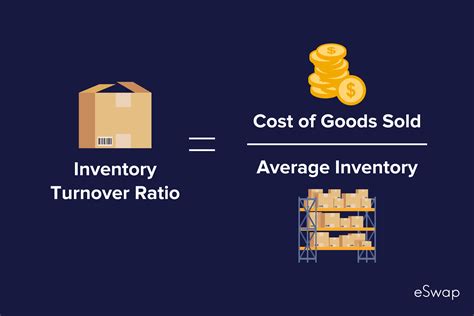
The inventory turnover ratio equation is calculated by dividing the cost of goods sold by the average inventory level. The cost of goods sold is the direct cost of producing and selling a company's products, while the average inventory level is the average value of inventory held by a company over a given period. The inventory turnover ratio equation is as follows:
Inventory Turnover Ratio = Cost of Goods Sold / Average Inventory Level
For example, if a company has a cost of goods sold of $100,000 and an average inventory level of $20,000, its inventory turnover ratio would be 5. This means that the company sells and replaces its inventory five times within a given period.
Importance of Inventory Turnover Ratio

The inventory turnover ratio is a vital metric for businesses, as it provides valuable insights into their inventory management practices. A high inventory turnover ratio can indicate that a company is:
- Selling its products quickly and efficiently
- Managing its inventory levels effectively
- Reducing storage costs and minimizing the risk of obsolete inventory
- Increasing profitability and improving cash flow
On the other hand, a low inventory turnover ratio may indicate that a company is:
- Holding onto its inventory for too long
- Experiencing slow sales or low demand for its products
- Incurring unnecessary storage costs and minimizing profitability
- At risk of holding obsolete inventory
Calculating Inventory Turnover Ratio
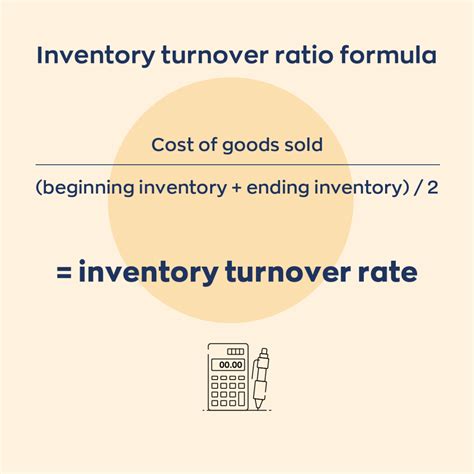
To calculate the inventory turnover ratio, businesses need to follow these steps:
- Determine the cost of goods sold: This is the direct cost of producing and selling a company's products.
- Determine the average inventory level: This is the average value of inventory held by a company over a given period.
- Calculate the inventory turnover ratio: Divide the cost of goods sold by the average inventory level.
For example, if a company has a cost of goods sold of $100,000 and an average inventory level of $20,000, its inventory turnover ratio would be 5.
Interpreting Inventory Turnover Ratio
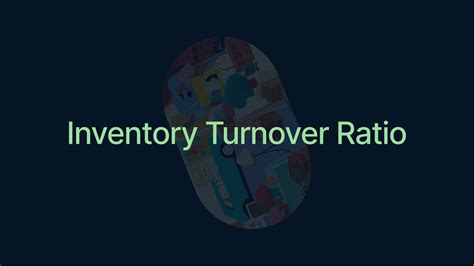
Interpreting the inventory turnover ratio requires careful analysis and consideration of various factors, including:
- Industry benchmarks: Compare the company's inventory turnover ratio to industry benchmarks to determine if it is performing well or poorly.
- Company goals: Evaluate the company's inventory turnover ratio in relation to its goals and objectives.
- Market trends: Consider market trends and changes in demand when interpreting the inventory turnover ratio.
A high inventory turnover ratio can indicate that a company is performing well, while a low inventory turnover ratio may indicate that a company needs to improve its inventory management practices.
Factors Affecting Inventory Turnover Ratio
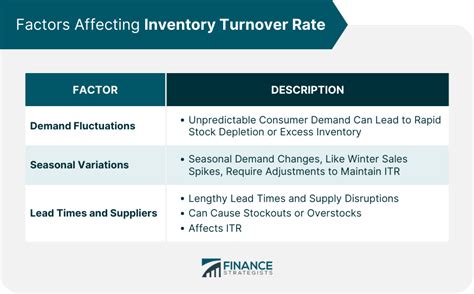
Several factors can affect the inventory turnover ratio, including:
- Seasonal fluctuations: Changes in demand due to seasonal fluctuations can impact the inventory turnover ratio.
- Market trends: Changes in market trends and consumer behavior can impact the inventory turnover ratio.
- Inventory management practices: Effective inventory management practices, such as just-in-time inventory management, can improve the inventory turnover ratio.
- Supply chain efficiency: Efficient supply chain management can improve the inventory turnover ratio by reducing lead times and improving delivery schedules.
Improving Inventory Turnover Ratio
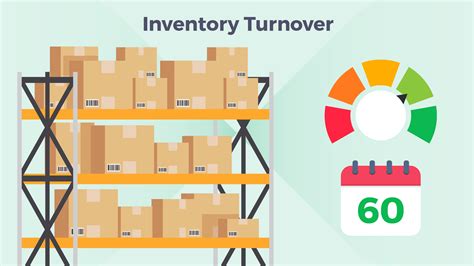
To improve the inventory turnover ratio, businesses can implement the following strategies:
- Implement just-in-time inventory management: This involves ordering and receiving inventory just in time to meet customer demand.
- Improve supply chain efficiency: This involves streamlining the supply chain to reduce lead times and improve delivery schedules.
- Optimize inventory levels: This involves determining the optimal inventory levels to meet customer demand while minimizing storage costs.
- Reduce inventory obsolescence: This involves implementing strategies to reduce the risk of inventory obsolescence, such as offering discounts or promotions to clear out old inventory.
Conclusion and Recommendations

In conclusion, the inventory turnover ratio is a vital metric for businesses, as it provides valuable insights into their inventory management practices. By calculating and interpreting the inventory turnover ratio, businesses can identify areas for improvement and implement strategies to improve their inventory management practices. To improve the inventory turnover ratio, businesses can implement just-in-time inventory management, improve supply chain efficiency, optimize inventory levels, and reduce inventory obsolescence.
Inventory Turnover Ratio Image Gallery



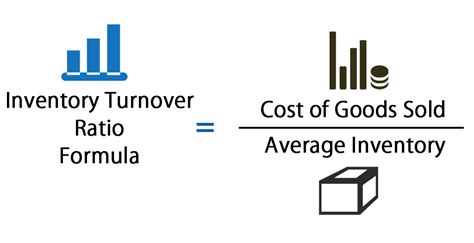
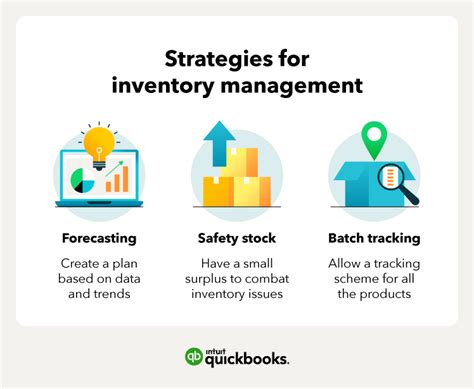
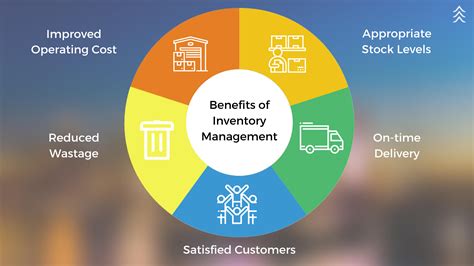
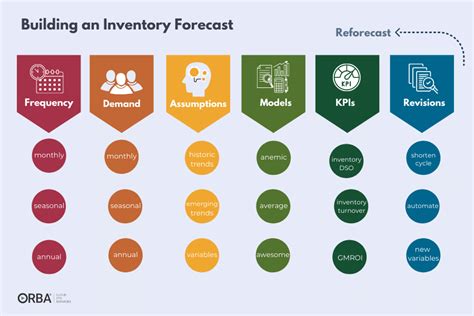
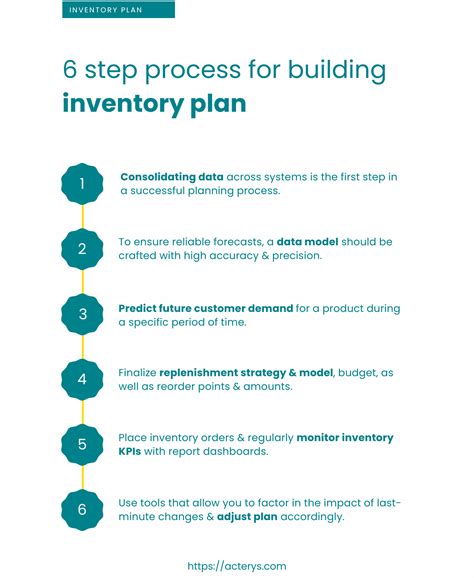

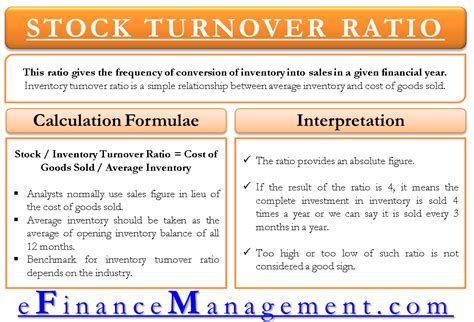
What is the inventory turnover ratio?
+The inventory turnover ratio is a financial metric that measures the number of times a company sells and replaces its inventory within a given period.
How is the inventory turnover ratio calculated?
+The inventory turnover ratio is calculated by dividing the cost of goods sold by the average inventory level.
What does a high inventory turnover ratio indicate?
+A high inventory turnover ratio indicates that a company is selling its inventory quickly and efficiently, which can lead to increased profitability and reduced storage costs.
What does a low inventory turnover ratio indicate?
+A low inventory turnover ratio may indicate that a company is holding onto its inventory for too long, which can result in unnecessary storage costs, obsolete inventory, and reduced profitability.
How can businesses improve their inventory turnover ratio?
+Businesses can improve their inventory turnover ratio by implementing just-in-time inventory management, improving supply chain efficiency, optimizing inventory levels, and reducing inventory obsolescence.
We hope this article has provided you with a comprehensive understanding of the inventory turnover ratio and its importance in business. If you have any questions or comments, please feel free to share them with us. We would love to hear from you and provide you with any additional information or guidance you may need. Additionally, if you found this article helpful, please share it with others who may benefit from it. Thank you for reading!
